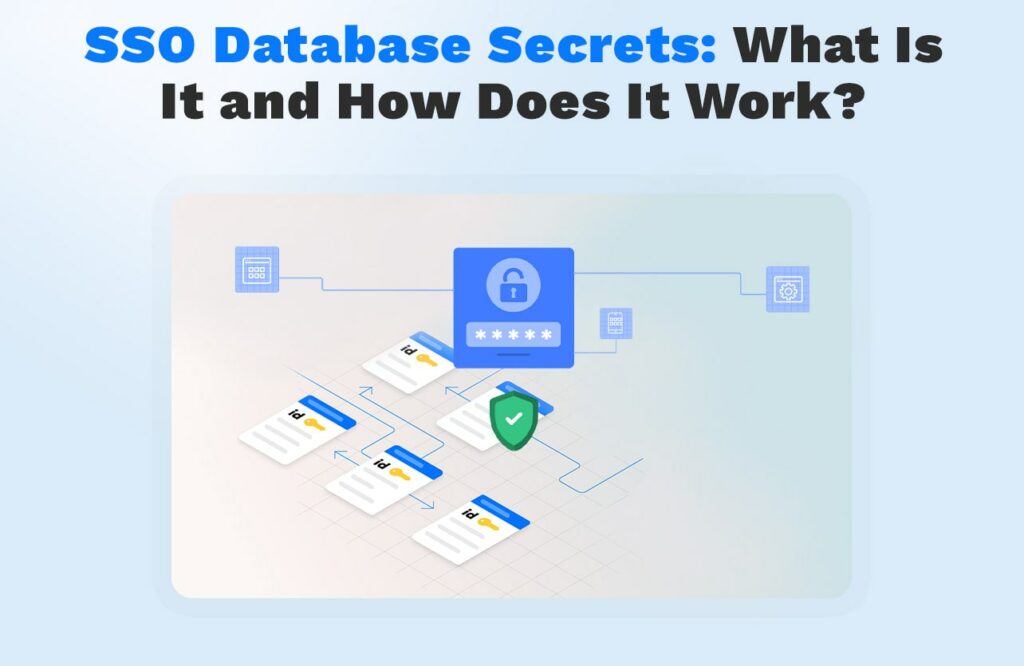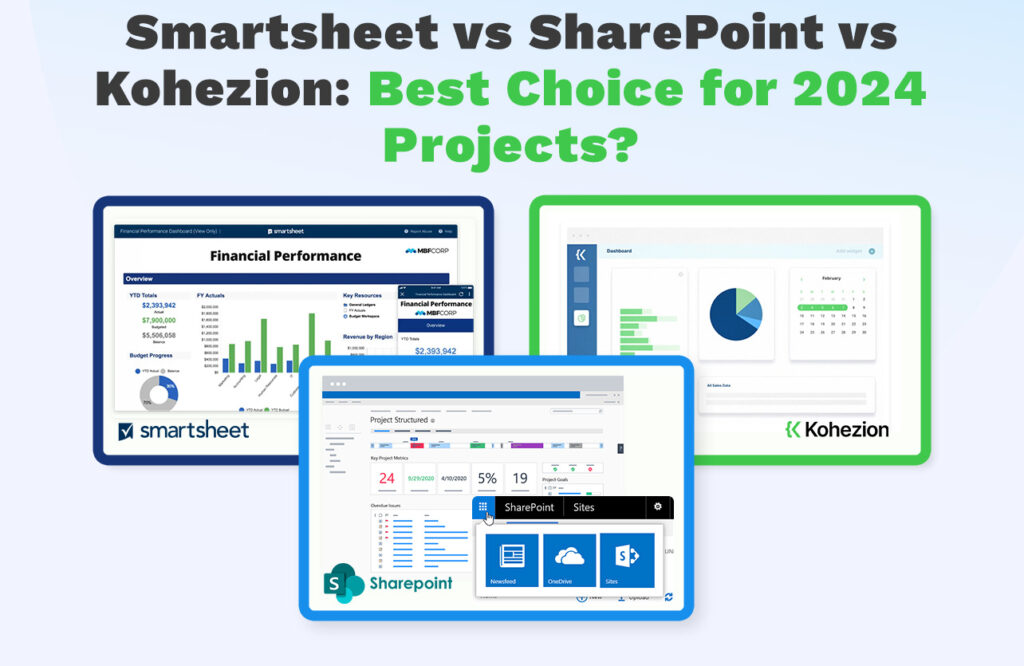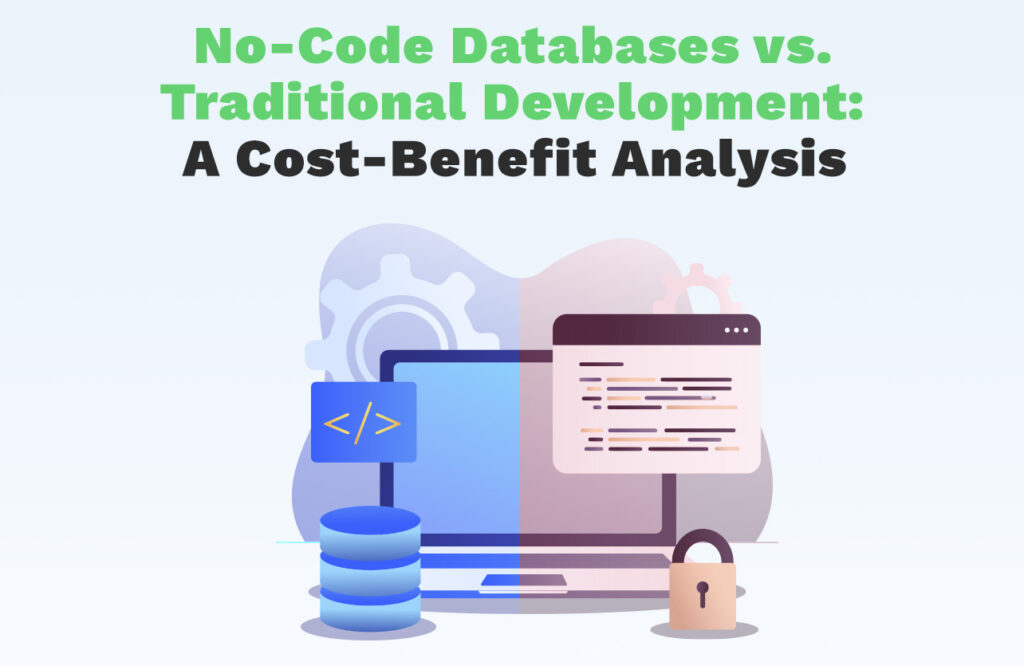The Kohezion Blog
Browse our blog for insightful articles, tips, and advice on everything that is databases and their applications.
Our blog focuses on our latest success stories to learn more about the capabilities of our platform and topics related to database development to help you get the most out of your data.






